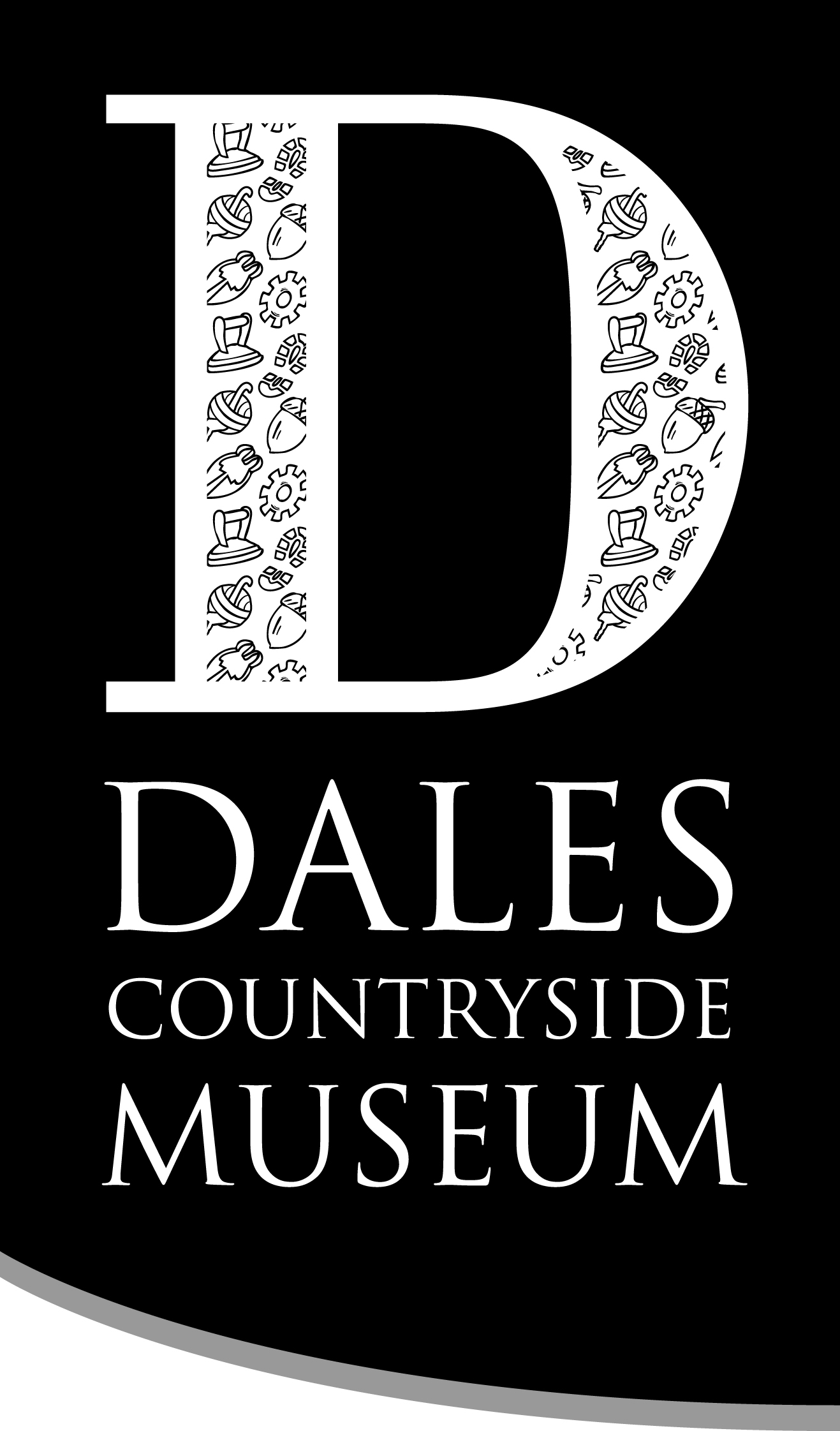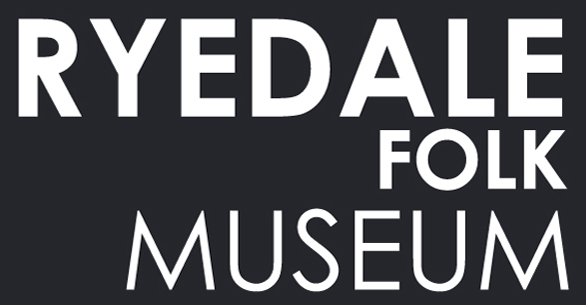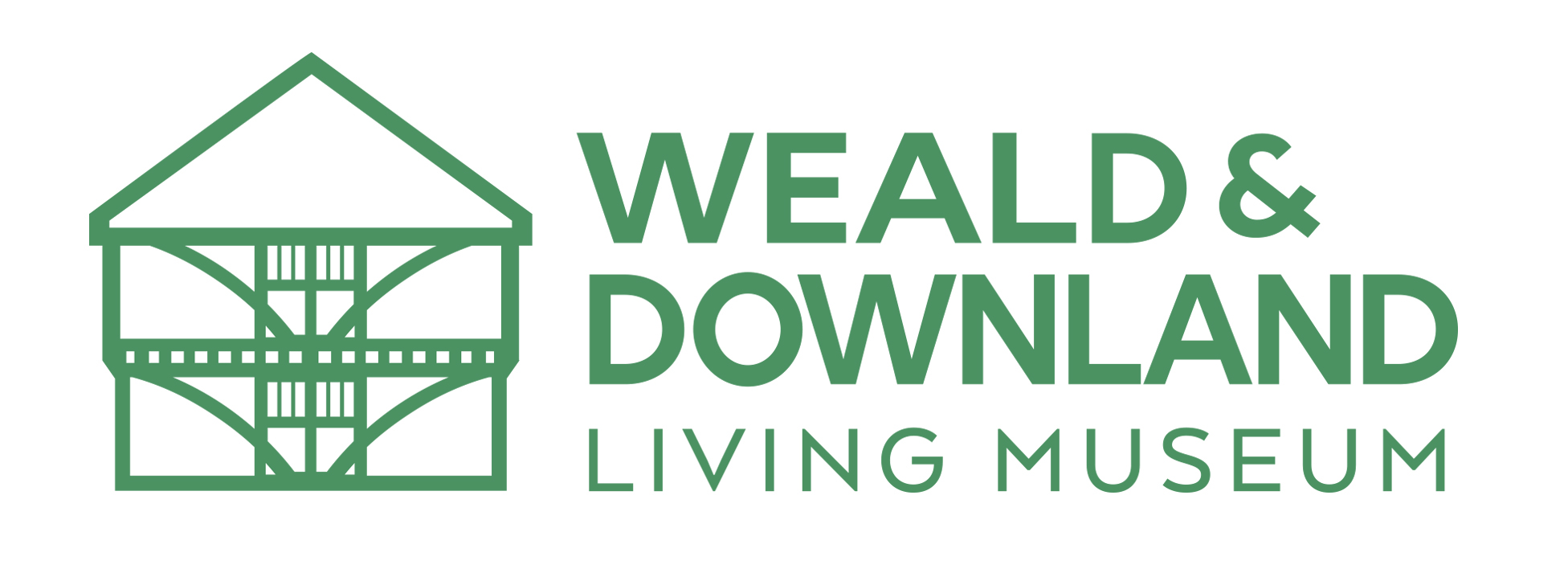The pages are split in two: on the left are the interviewee’s responses to the questions written in International Phonetic Alphabet (IPA); on the right they jotted down any other interesting things that the respondent said or things they noticed about them – this is known as the incidental material and notes…
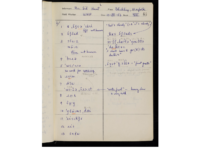
Snow and Weather page. 'Book VII: Numbers, Time and Weather [Blickling Response Book]' (LAVC/SED/2/2/21/3/7) by W Nelson Francis.
The SED questionnaire had 9 themed chapters: The Farm; Farming; Animals; Nature; The House and Housekeeping; The Human Body; Numbers, Time and Weather; Social Activities; States, Actions, Relations.
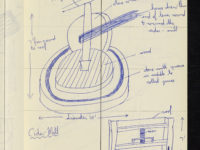
Fieldworker’s drawing of a cider mill and cider press in Lyonshall, Herefordshire
Many of the response books also include additional notes, sketches and diagrams made by the fieldworker in order to clarify objects and utensils referred to during the interview. Location, biographical or phonetic notes will be shown either in the final notes section or within the book they appear in.
something about pronunciations….
Once complete, the response pages were sent to Harold Orton for checking, returned to the fieldworker to make any additions or corrections (always in red ink)! They were then bound locality by locality into the response books we have digitised. LINK to pages

